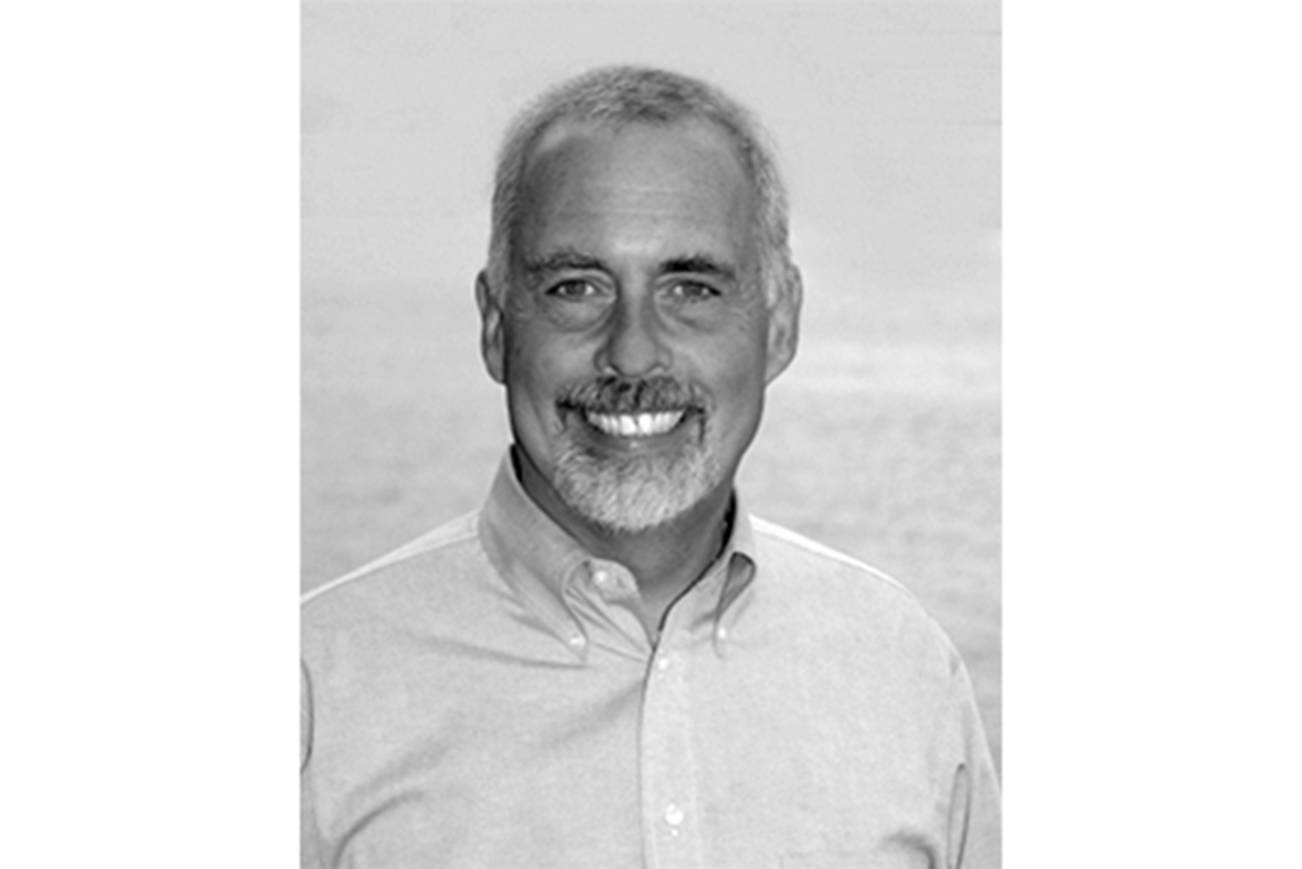It’s that time of year when “roundball” finds our favorite teams squaring off as bracket-filled rectangles call to mind an annual mental illness that plagues our country. It’s a malady we welcome known as March Madness.
On a recent trip to Israel I was reminded that not all madness associated with competing entities is limited to the month of March or concerns collegiate basketball. The craziness that has characterized the attempts of Jews, Muslims and Christians to live together in cooperative ventures is continuous. The full-court press of ongoing tension is only put on temporary hold with the occasional timeout for the benefit of tourists. I was reminded there are no fast-breaks in the game of international peace.
The graphic evidence of rival loyalties was huge in the little town of Bethlehem. In this sacred place revered by Christians, a tall graffiti-covered wall keeps Jews out while Palestinian Muslims seek to eke out a living. I was struck by the haunting irony of a welcome mat opposite the slogan-laden barrier wall.
But against the backdrop of hostility and division, I also witnessed a reason for hope. The shape of what’s to come included a triangular sign, a rectangular basketball court where “roundball” brings kids of all faiths together. The hope I detected was housed in the historic Jerusalem International YMCA.
Since our hotel was a five minute walk from the JIY, my wife and I decided to explore. A staff member agreed to give us a tour of the complex. The familiar triangle logo greeted us reminding us of the YMCA’s commitment to body, mind and spirit. Our host told us that the facility’s original design of three distinct structures (including a 175-foot tower that dominates the skyline) symbolized the tri-part motto of the institution. I was intrigued to learn that the JIY was completed in 1933 and designed by the same architect who built the Empire State Building two years earlier.
As I walked through the nine-decades-old facility (that includes a 50-room hotel and restaurant), I was amazed at the timeless beauty. The architecture is an intentional blend of motifs and symbols borrowed from the three Abrahamic faiths. It was obvious this was a place where Christians, Jews and Muslims were welcome. There was a place to pray. There was also a place to play.
The original design included a basketball court and swimming pool (the first in Jerusalem) offering a safe place to exercise the essentials of teamwork as well as strengthen the muscles of friendship. And today an extensive swim program and a 32-team basketball league continue to build on that original foundation. Teams include participants from all faiths (and no faiths). There is no attempt at proselytizing. There is only an attempt to model love, tolerance and acceptance in a part of the world that is deficient in all three.
At the end of our guided tour, our host escorted us up to the top of the tower. The view of old Jerusalem was breathtaking. But so was my view of the future. Having been shown how Christians, Jews and Muslims are free to celebrate their beliefs side-by-side intentionally, I was hopeful. What I had just witnessed was music to my ears.
Greg Asimakoupoulos is the chaplain at Covenant Shores Retirement Community.



